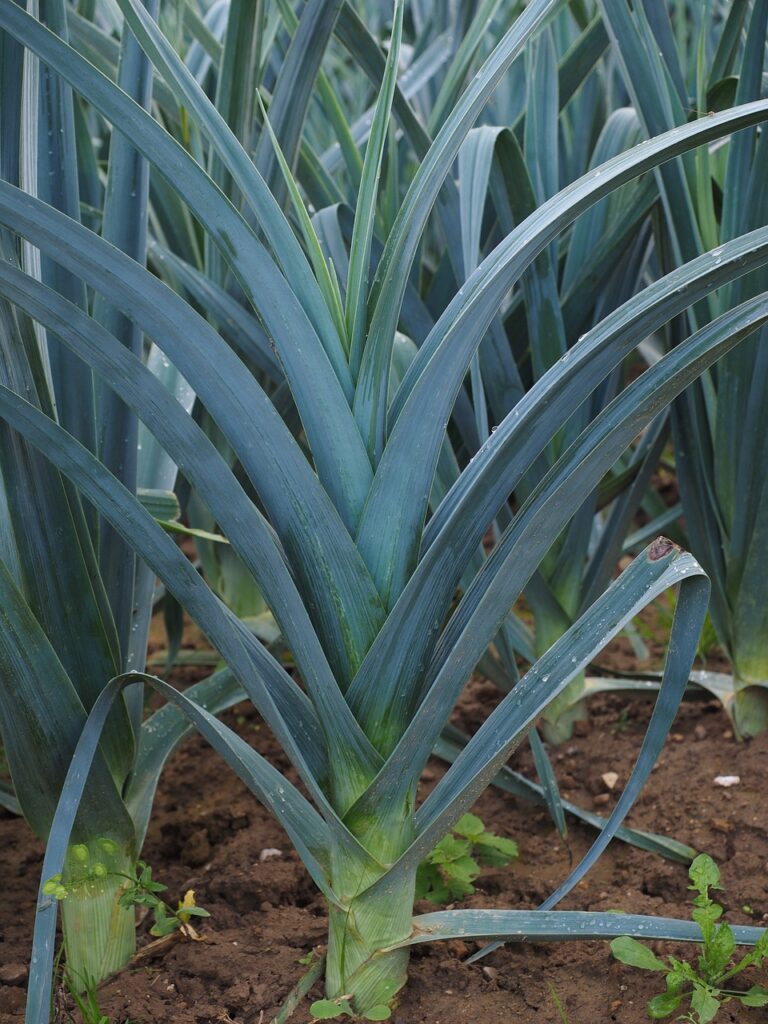Historically, the prayers of Jewish women were not included in the official Rosh Hashanah liturgy, yet this did not stop them from expressing their desires. With a great deal of creativity, they literally cooked up their own efforts to shape the year ahead. Traditionally it was women’s responsibility to prepare the special Rosh Hashanah foods that give new meaning to the saying “you are what you eat!”
The best known examples of these culinary prayers are apples and round challah. The sweet fall apple, made sweeter still by the addition of honey, symbolizes the sweetness we hope fills the new year. The challah is round like the circle of life we hope to continue living. Its sweetness is enhanced by the addition of raisins. As we eat these foods and make them part of us, we hope to realize their symbolic meaning in the year ahead.
From the time of the Talmud, a fanciful combination of word play, visual association and flavors designated a whole series of foods as totems for the year to come. The head of a sheep or fish, like the round challah, was traditionally eaten because of its physical form. It symbolizes our desire to come out “ahead” in the coming year. Dates, fenugreek, pumpkins and leeks were all eaten because of linguistic links between the Hebrew names of these foods and requests for the year to come. The puns are subtle and often stretch meaning and pronunciation. Though not a direct translation of the original, this version of the leek blessing by Gilda Angel suggests the possibilities of the genre: “Like as we eat this leek may our luck never lack in the year to come.”
The word plays, however, were not limited to Hebrew. European Jews are fond of eating dishes with carrots. The German and Yiddish words for carrot sound like the word mehr meaning more. Add to this the golden color and round shape of cooked carrots cut on the diameter and we have a dish that brings together in sound and sight the wish for more gold pieces—money—in the year to come.
The potential of this tradition can be seen best in the homes of Jews from North Africa and the Levant. Women in these communities developed whole menus which bring together foods and prayer. In many places the everyday savory spices were replaced entirely by sweet ones. Others forbade the use of black foods. Unique Rosh Hashanah recipes abound. One example is pumpkin phyllo rounds. Though spelled differently, the Hebrew word for pumpkin sounds the same as the verb “to rip.” Thus, snail shaped pastries filled with sweetly spiced pumpkin are a tasty start to a meal and a plea for God to tear out the pages from our book of sins, allowing us to continue sweetly in the round circle of life.
As many of our foremothers have done, we too can give significance to our holiday table. Traditional Mediterranean dishes for Rosh Hashanah can be found in many Jewish cookbooks and incorporated into a meal. Using this traditional genre we can also serve innovative menus that reflect our contemporary needs. A wish for peace might be invoked by a first course of “peas” soup. The pomegranate with its many seeds may be eaten with an eye towards having a fertile or productive year. Consider eating fresh figs cut in half lengthwise. Visually and biblically, this fruit is linked with women’s sexuality; dip it in honey and bless the physical fulfillment of the year to come. Serve a sweet multi-grain challah that celebrates the diversity of the world around us. Invite family members and friends to consider the year ahead and come up with dishes that reflect their concerns.
All the traditional blessings over these meaningful foods begin with the same phrase that is recited before eating the apple and honey: “May it be your will, our God and the God of our ancestors that …”
Whether your own additions finish this phrase with the serious or the sublime, the gourmet or “Chef Boyardee,” the traditional or the innovative, this is a women’s tradition that provides a tasty counterpoint to the traditional male liturgy. It also provides an opportunity for celebrating Jewish women’s relationship to food as a historic source of creativity and spirituality.
A few helpful cookbooks:
-
Gilda Angel. Sephardic Holiday Cooking: Recipes and Traditions. Decalogue Books, 1986.
-
Joan Nathan. The Jewish Holiday Kitchen. Knopf, 1994.
-
Claudia Roden. The Book of Jewish Food: An Odyssey from Samarkand to New York. Knopf, 1996.
First published in Ma’yan Journey, Fall 1998.













